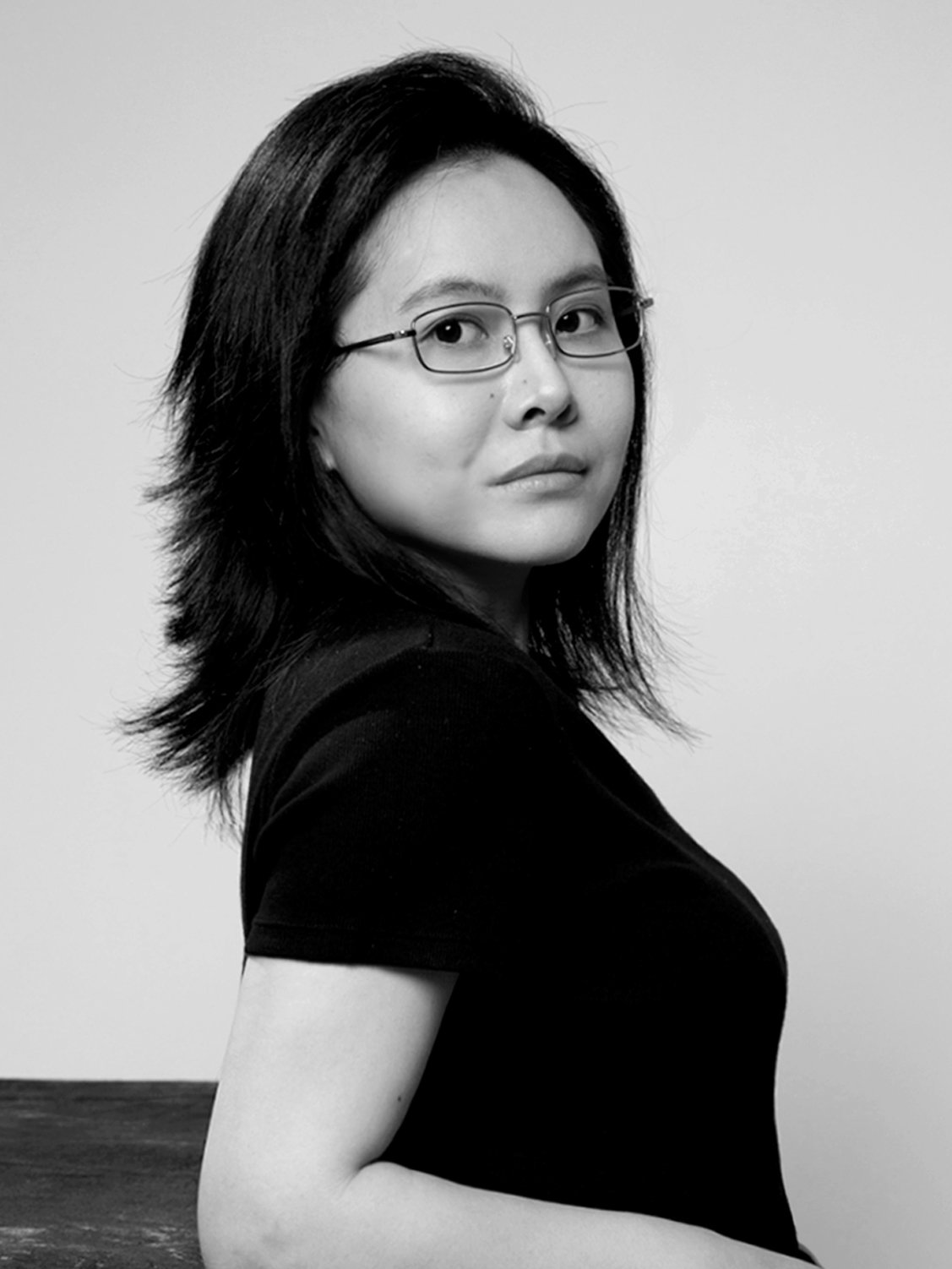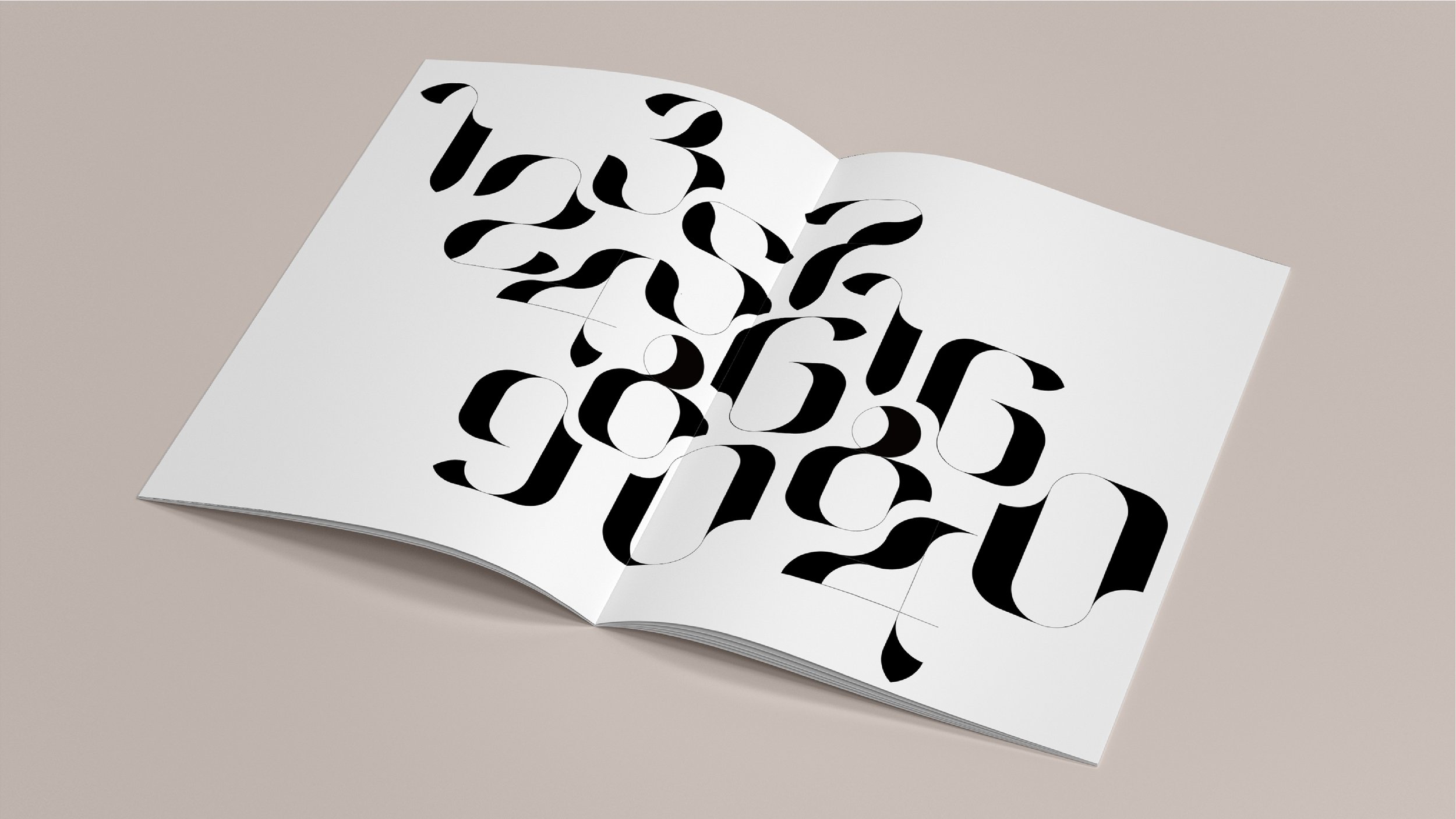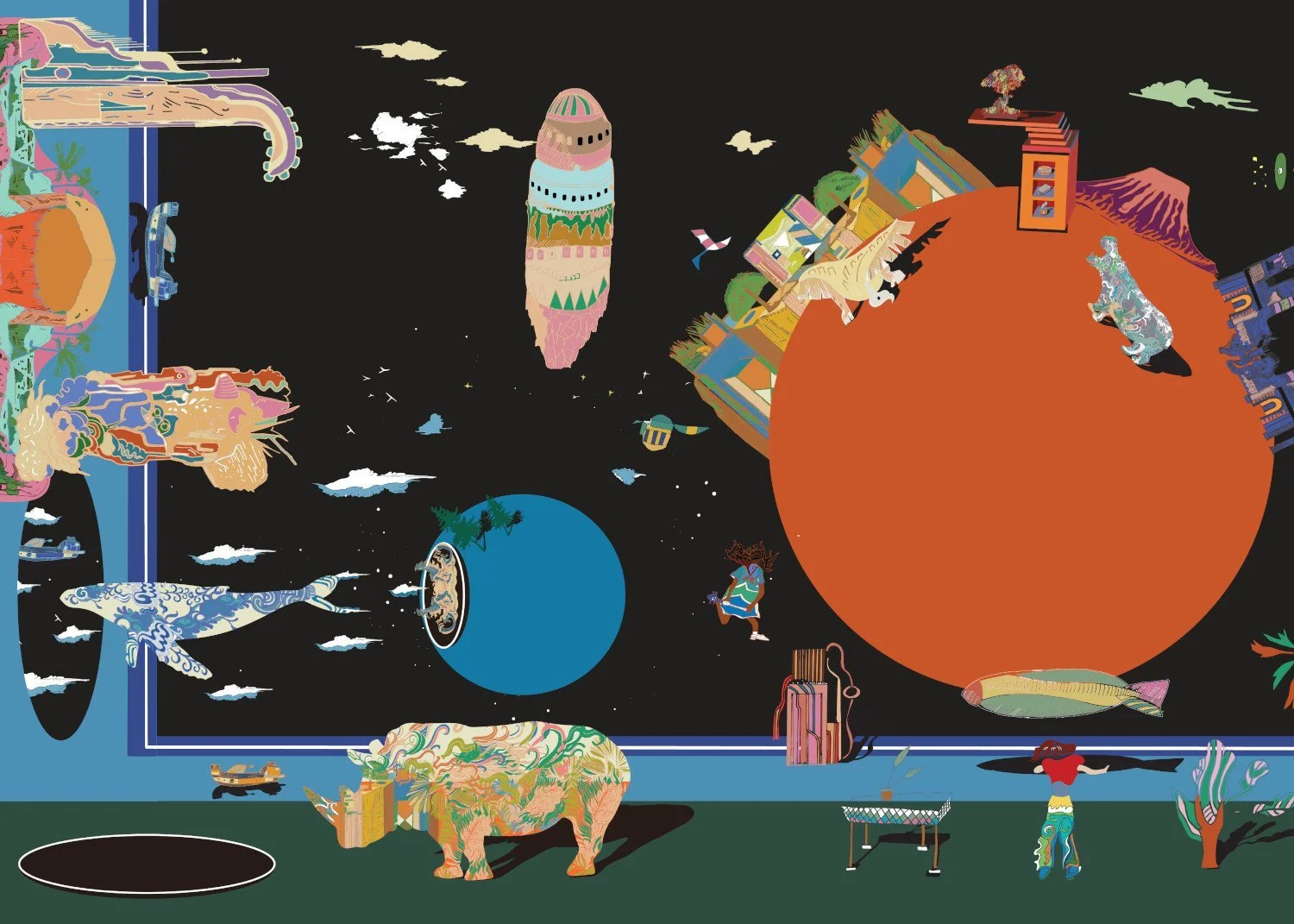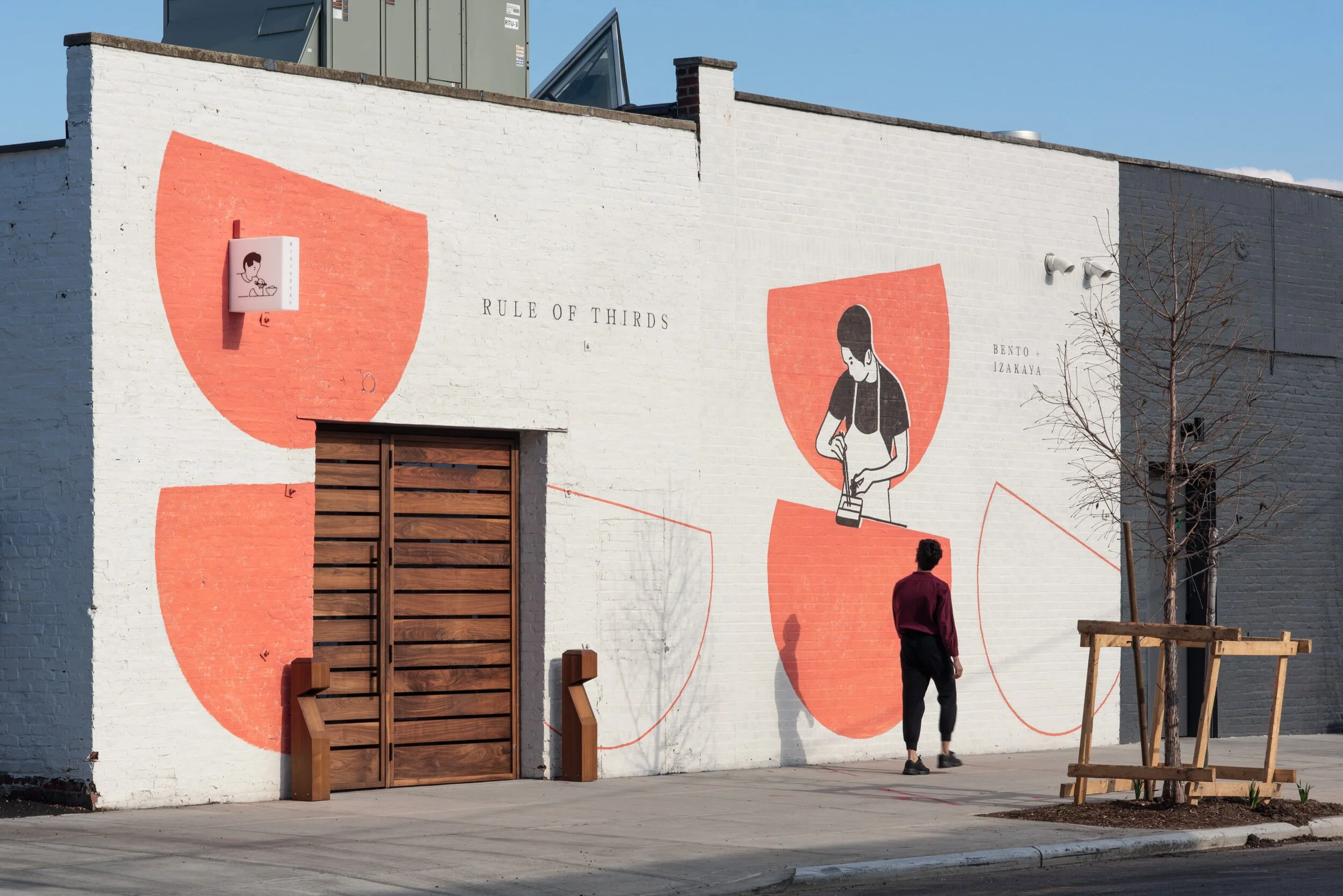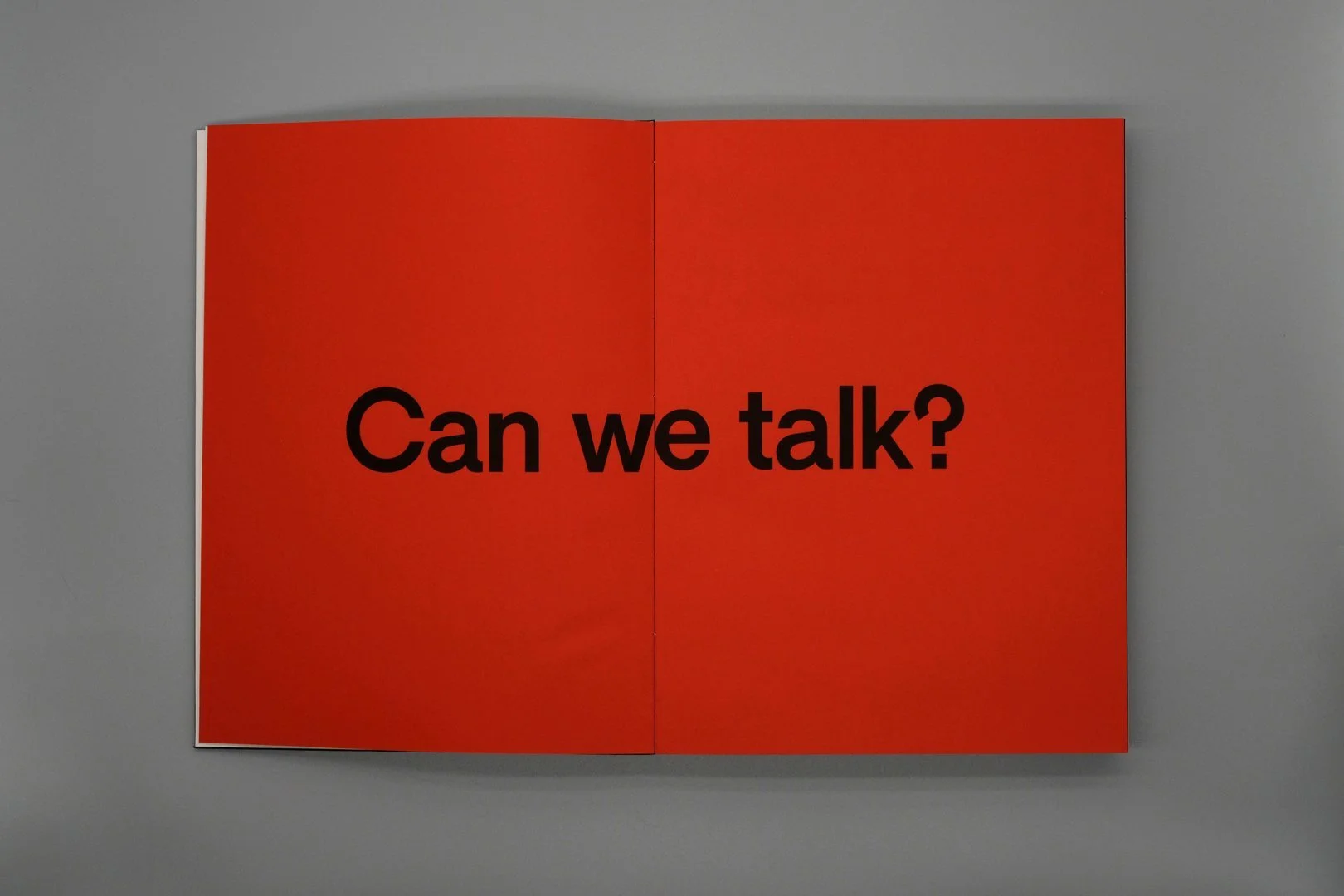10 Questions with Yating Liu
Yating Liu, an alumna of the prestigious School of Visual Arts, graduated with a Bachelor of Fine Arts in Communications Design, having had the honor of being mentored by the distinguished Professor Scott Buschkuhl. Her post-graduation trajectory saw her engaging with leading design conglomerates such as Viacom and Prophet alongside other illustrious design agencies within the vibrant creative hub of New York City. Liu is renowned for her exceptional prowess in graphic design, with a specialized focus on crafting bespoke typefaces and pioneering branding strategies.
Her design philosophy has been significantly shaped by her experiences in some of the world’s most dynamic multicultural metropolises, including Beijing, Hong Kong, and New York. These cities have not only broadened her design perspective but have also imbued her with a resilient and positive disposition. Presently, Liu is contributing her expansive expertise in branding at the acclaimed 2x4 studio in Beijing, where her clientele roster boasts of industry titans such as Byte Dance, CBRE, Aranya Culture, etc. In this capacity, she leverages her profound expertise in branding and advertising to articulate her nuanced and evolved design philosophy, employing a sophisticated visual language that sets her apart in the global design landscape.
Yating Liu - Portrait
ARTIST STATEMENT
Yating Liu depicts the process of her creations as deep dives, immersing herself in it, away from all the surrounding distractions. This process brings her a sense of tranquility. So, she strives to create designs that evoke a sense of harmony and balance and are eye-appealing for the audience. Due to having lived in various cities, she can infuse both Eastern and Western cultures into her work, as well as provide rational and meaningful creative reasons. Yating Liu meticulously balances elements such as color, composition, and layout to ensure a unified and aesthetically pleasing outcome.
Momath rebrand, Digital Art, 68x38 cm, 2022 © Yating Liu
INTERVIEW
Please share your background and how your studies at the School of Visual Arts influenced your journey as a graphic designer.
My name is Yating Liu, and I am an experienced graphic designer with a BFA degree from School of Visual Arts, where I honed my skills and developed a passion for visual communication. Following my graduation, I worked at renowned design companies in New York City, including Viacom, Prophet, and 2X4 (Beijing). These experiences provided me with valuable opportunities to collaborate with talented professionals and work on diverse projects.
Throughout my career, I have had the pleasure of collaborating with esteemed clients such as CBRE, ByteDance, Aranya Culture, Fubon Art Museum, and many others. These collaborations have allowed me to apply my skills to various industries and contribute to notable brands' and organizations' visual identity and success.
I am grateful to have received recognition for my work and to have been honored with esteemed awards such as the Hermes Platinum Award, Indigo Gold Award, and GDUSA Award. These accolades serve as a testament to the dedication and craftsmanship that I pour into every design I create.
During my time at SVA, I honed my graphic design skills and concepts. Elliott Walker's typography class sparked my passion for creating diverse fonts. Choosing Scott Buschkuhl as my thesis advisor allowed me to delve deeper into graphic design, especially brand design, enhancing my professionalism through thorough practice. Louise Fili's packaging class introduced me to Italian-style design and expanded my creative thinking. Overall, SVA provided an environment for me to explore experimental projects, fostering my creativity and ensuring my work stands out with originality.
How have your experiences living in multicultural cities like Beijing, Hong Kong, and New York shaped your design philosophy?
I was born in Beijing, a vibrant and diverse city. However, during my upbringing, graphic design wasn't widely known or pursued, limiting my exposure and understanding of the profession. I later transferred to Hong Kong to study at a university. Hong Kong struck me as a bustling yet nostalgic city where students were perceptive and thoughtful about their surroundings and the world. Many shops there had decades-old traditions and craftsmanship; even small dim sum eateries cherished and preserved ancestral techniques and spirits. My six and half years in Hong Kong left me with cherished memories, reminding me to stay true to my roots and pay attention to details in my design work, creating heartfelt pieces. I then transferred to SVA in New York City to study graphic design. This experience significantly enhanced my professionalism, understanding, and skills in graphic design. I describe New York as "inclusive," where regardless of background, education, or money, you can find a lifestyle that suits you. It's a place of freedom, especially in creative endeavors, allowing me to fearlessly pursue design without the fear of failure or ridicule—an essential aspect for any creator, isn't it?
Algae poster, Digital Art, 68x38 cm, 2019 © Yating Liu
Algae poster, Digital Art, 68x38 cm, 2019 © Yating Liu
Your work is renowned for its focus on bespoke typefaces and branding strategies. Could you walk us through your creative process when developing a new typeface or branding concept?
Brainstorming is the starting point of my creativity, the moment when ideas begin to flow. When starting a new project, I often feel excited to grab a large sheet of paper and brainstorm ideas freely, sketching or creating mind maps. It's a moment of great freedom and exhilaration. Instead of rushing to open design software, I prefer to walk around, chat with different people, and search for relevant books, images, etc. Although each project follows a set of fixed and repetitive steps, I gather insights from my observations and reflections, incorporating them into the next project. Perhaps a conversation with family, a visit to a new restaurant, or hearing a new perspective—all these experiences are like pearls on a necklace, influencing my approach to new projects. Design is the thread that quietly connects these life experiences, omnipresent and facilitating energy transfer across different domains.
As the project progresses, I feel like the design transitions from a two-dimensional plane to a three-dimensional or even four-dimensional space. It's akin to constructing a house, starting from sketches, laying the foundation, building the structure, and finally furnishing it—the design becomes increasingly complete and multidimensional. It evolves into a unique domain with its character, no longer confined to visual aesthetics but also considering various intricate and macroscopic aspects. In this stage, designers become more acute and focused.
You mentioned infusing both Eastern and Western cultures into your designs. Can you give us an example of how this cultural fusion is reflected in one of your projects?
I have designed a typeface called Algae Typeface, which resembles seaweed. This typeface was created following a rigorous and complex grid system, similar to how each Chinese character adheres to the basic structure of a grid. However, since it is an English typeface, it follows the design logic of English letters to ensure the overall unity and uniqueness of individual characters. The design process involved numerous trials to determine the precise placement of each letter's recessed structure. The strong contrast in thickness is also influenced by the Didot typeface.
When balancing elements like color, composition, and layout in your designs, what factors do you consider to ensure a unified and aesthetically pleasing outcome?
The hierarchy of information is paramount. Regardless of how many elements you wish to incorporate, you must first ask yourself, what do you want people to see first? Additionally, you need to consider how to organize these elements in a structured and logical manner, allowing people to understand according to the information or steps you intend to convey.
Momath rebrand, Digital Art, 68x38 cm, 2022 © Yating Liu
Momath rebrand, Digital Art, 68x38 cm, 2022 © Yating Liu
Your statement mentions how your designs "evoke a sense of harmony and balance and are eye-appealing for the audience." What inspires you to create such designs, and how do you ensure these qualities are reflected in your work?
I think this sense of balance and aesthetics in design may stem from the expression of Chinese character structure within its culture. Chinese character culture itself has thousands of years of history and has continuously evolved and developed. Whether it's the complexity of strokes or the simplicity of a single vertical or horizontal line, each Chinese character possesses its distinct stroke characteristics and harmonious structure. When grouped, they form a rhythmic flow, providing visual enjoyment. Chinese typography embodies the highest expression of harmony and balance, which is also what I hope to achieve in my work—a sense of harmonious comfort. Balance doesn't necessarily mean symmetry or regularity; rather, it's a visual experience of organic integration between different forms, seeking freedom within constraints. I continually scrutinize my work, examining it from both near and far, making adjustments to ensure that each viewing brings satisfaction.
What future projects or goals are you excited about pursuing in your design career?
In the future, I may be more interested in experimental projects, such as niche consumer goods, art galleries, art exhibitions, etc. I hope my designs can be achieved using new technologies and to make breakthroughs.
How do you think the field of graphic design is evolving, and what trends do you see shaping its future?
My husband was very excited yesterday when he told me that he used the newly released Suno AI to write a song for our newborn son. It's pretty good! He wrote the lyrics himself and told the AI what style he wanted the song to be and what emotions he wanted to convey. This got me thinking that in this era of AI prevalence, each of us can express emotions in our own unique way. This means that in the future, it will be challenging to see trends in design and art that are universally praised and loved by the masses because everyone will seek designs that resonate with them, unique designs, niche designs, rather than designs loved by the mainstream. This also implies that designers need to break out of conventional thinking, get closer to life, challenge traditions, and create designs that truly resonate with people's deeper emotional needs, rather than producing uniform designs with fixed patterns, which could easily be replaced. In addition, some trends may occur in the future:
1. Entering the era of spatial computing. With the recent release of Apple Vision Pro, Tim Cook described Apple's positioning with the concept of "the first spatial computing system platform," indicating that design will increasingly focus on spatial perception and immersive integration with the surrounding environment. This means that with the birth of these intelligent products, the boundaries of design will become increasingly blurred, even disappearing. Graphic design will no longer be limited to visual aesthetics alone. In the future, it will be more common for graphic design to collaborate across platforms and disciplines such as product design, spatial design, and interactive programming. Graphic designers will need not only traditional design skills but also interdisciplinary capabilities.
2. Changes in the office environment and remote work may become the norm. The pandemic has changed the office environment, and remote collaboration and flexible work models will become more common. Designers need to master and adapt to new collaboration tools and skills, as well as communicate and collaborate with people from different fields, countries, and cultural backgrounds.
Unicorn rebrand, Digital Art, 68x38 cm, 2021 © Yating Liu
Unicorn rebrand, Digital Art, 68x38 cm, 2021 © Yating Liu
Is there any other medium or technique you want to try or implement in your practice?
Artificial intelligence is rapidly advancing nowadays. I hope that my future works can incorporate some aspects of artificial intelligence, such as programming, and so on.
Finally, on a more personal note, what do you enjoy most about being a graphic designer, and what advice would you give to aspiring designers looking to make their mark in the industry?
Design can be traced back to ancient totemic cultures and will extend into the intelligent future. It's something that can be done for a lifetime. Design solves problems while also creating them, in an endless cycle. It's something that keeps one curious, ignites the desire for challenges, and never tires. Design changes lives, habits, and perceptions, and updates concepts. It's something that instills a sense of social value, purpose, and meaning.
My advice to designers is to focus and passion, immerse yourself in what you do, eagerly seek improvement, and welcome others' advice and assistance. Persevering on the path of design is tough and tiring, requiring much perseverance and enduring many trials and tribulations. So, be prepared for a marathon.
Dare to make mistakes, embrace imperfection. Sometimes, fear of making mistakes stems from not wanting to accept one's imperfections or facing uncertainty. Especially in the creative process, the more recognition and encouragement one receives, the more likely they are to be constrained, afraid of making mistakes, and scared of not being able to sustain success and recognition. This mentality can hinder progress. Making mistakes here doesn't just mean doing something "wrong," but rather daring, unconventional, even offensive, bold explorations. It's valuable to not repeat safe, repetitive work; try incorporating new insights each time, even if unsuccessful. You'll find your progress accelerating and your unique style emerging.
Don't dwell on whether you're confident enough, as confidence is overrated. For students just learning design, seeing confident individuals or being labeled as talented can be troubling. People always say to believe in yourself and not be influenced by others, but in reality, it's challenging living in a society. True confidence doesn't just come from psychological suggestions but from practical, repeated practice. To truly gain confidence, practice more, strengthen skills in unfamiliar areas, and excel in areas of proficiency. With more practice over time, you'll undoubtedly become confident.
Artist’s Talk
Al-Tiba9 Interviews is a promotional platform for artists to articulate their vision and engage them with our diverse readership through a published art dialogue. The artists are interviewed by Mohamed Benhadj, the founder & curator of Al-Tiba9, to highlight their artistic careers and introduce them to the international contemporary art scene across our vast network of museums, galleries, art professionals, art dealers, collectors, and art lovers across the globe.


